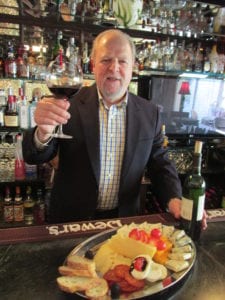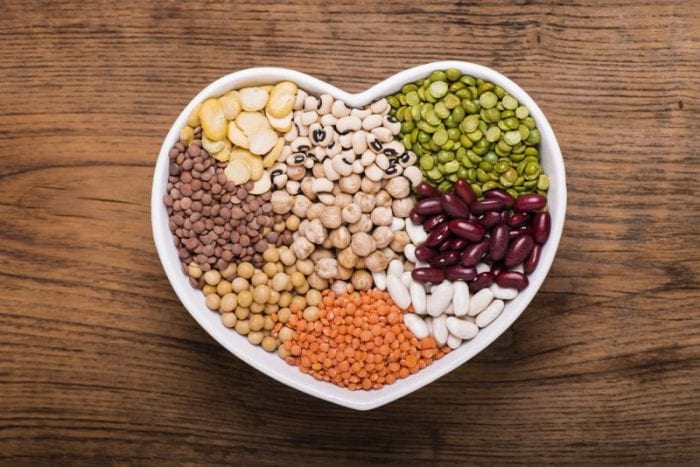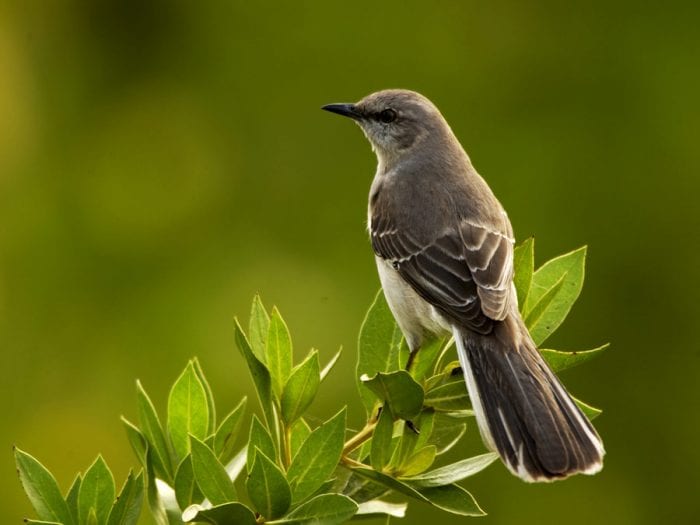America is a country that lives in the shallow ditch between fiction and reality. We live in a society that demands civility of all people, from those protesting injustice — even when that protest boils over into violence — to those screaming “white power” from the top of their lungs.
It was something well noted by Martin Luther King Jr., who famously said in one of his letters from Birmingham jail that he found the white moderate was “the great stumbling block in the stride toward freedom,” and that “the white moderate is more devoted to order than to justice; who prefers a negative peace which is the absence of tension to a positive peace which is the presence of justice.”
In that small gutter we dug ourselves and have lain in, we constantly refuse to acknowledge extremism even when it’s present in our own backyards, even amongst the people we greatly respect and admire for the work they have done to benefit local residents.
This past weekend, folks held a car show in Port Jefferson benefiting one of the local VFW posts, one whose funds, like many, were hit hard due to the pandemic. It was also held to promote services supporting veterans post traumatic stress disorder.
This is as bipartisan as one can get. Most were maintaining some measure of social distancing. Most were wearing face coverings.
Though on one car, bedecked with banners supporting President Donald Trump (R) as well as some emblazoned with the Marines’ emblem, was a sign that read “Antifa Hunting Permit: Open Season All 58 Gender Identities.”
It’s not a new sign, indeed it’s available freely on the internet. It’s such a small example, but it represents an underbelly of violent intent that permeates our suburban community.
“Antifa,” as it’s known, is short for “anti-fascists.” They are an ill-defined, loosely organized set of groups that usually confront right-wing or conservative groups in public, often with violence. The president has called for them to be labeled a terrorist group. Though their actions have sometimes warranted condemnation, organizations like the Anti-Defamation League’s Center on Extremism say the number of anti-fascists can hardly compare to the number of similarly or even more extremely violent racist or white nationalist groups.
Beyond that is this mention of “All 58 Gender Identities.” For one, there are not 58 gender identities, there is no set number of defined identities among groups that use an identity beyond male or female.
Worse, it is an active call for violence against a group, namely people who are transgender, who suffer an extreme amount of violence for their population size. It’s an attempt to conflate a fractured collective spread across the United States with a vulnerable group of people. According to the Human Rights Campaign, advocates tracked at least 27 deaths of transgender or otherwise non-gender conforming people in the U.S. just in 2019. They were targeted and murdered for no other reason than that they were transgendered. Among those deaths, the majority were of black transgender women.
It’s such a small thing, just a single sign on a car in the center of more than a dozen. Though one only has to step foot on social media to witness the animosity shown toward people protesting on Long Island, despite how in over 100 protests, with more occurring every day of the week, only a handful were arrested, mostly for nonviolent offenses.
One can denounce the violence on the side of Antifa and denounce the violence of white nationalist groups and the wanton harm caused to vulnerable people. One can be both for police and for police reform. One can love one’s country and still think change is needed.
There’s no reason to have voices and mentalities strangled by the “either/or” divide that seems mandated in these times.





















